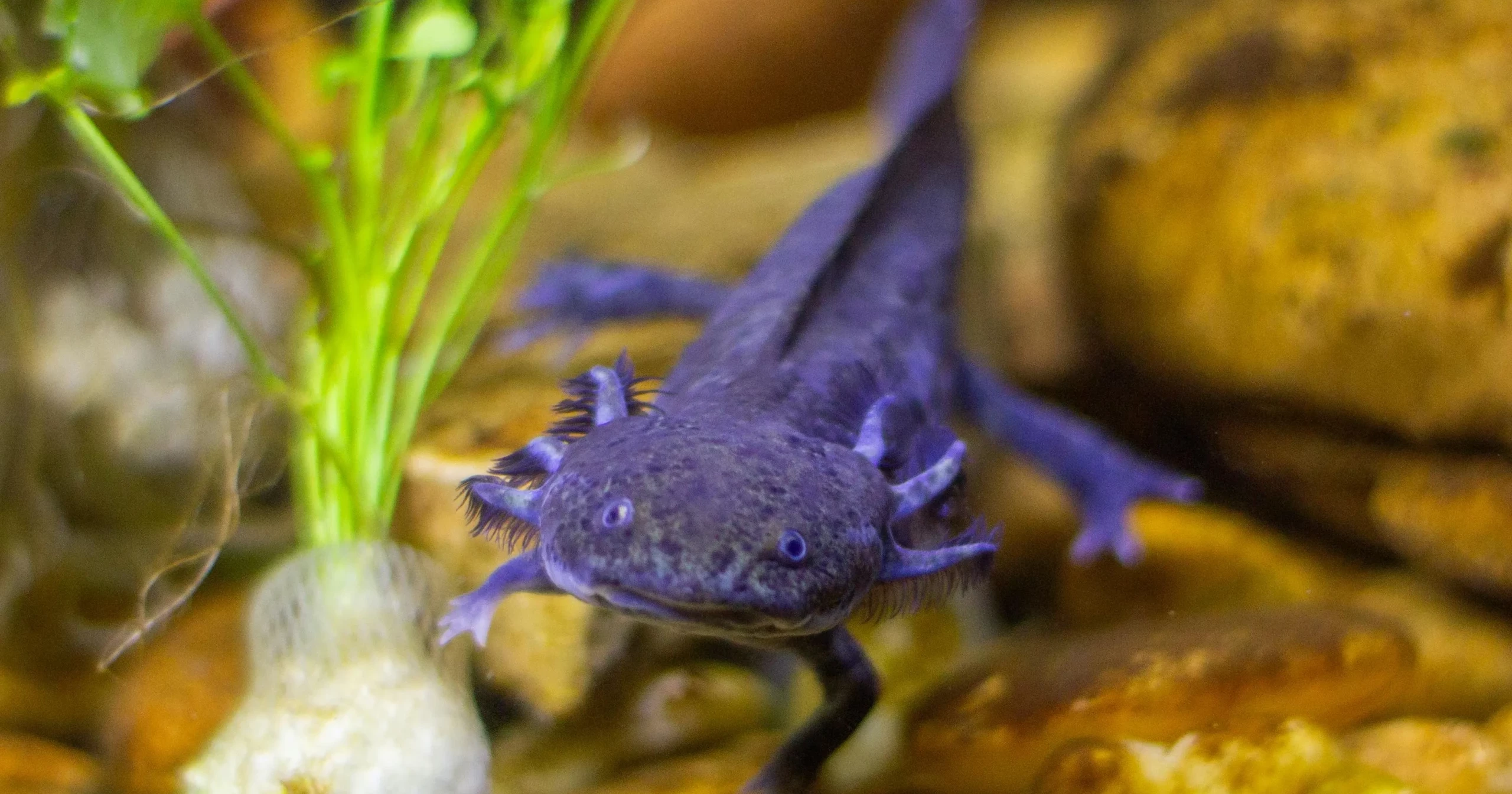
Scientists and Farmers Restore Aztec-era Floating Farms That House Axolotls
May 31, 2024 | Source: Mongabay | by Amineth Sánchez
It was the 1980s, and before sunrise, Basilio Rodríguez was ready to work. He was still young, and he’d already helped to prepare the land for crops, gathered harvests, pulled weeds and took care of the plants. In late October, when he spent his nights cutting Aztec marigolds for the Day of the Dead, he would sleep on chinampas, or small artificial islands for developing agricultural systems. These were created by the Aztecs and are a large part of the identity of Xochimilco, a lake-filled area that has managed to survive in southern Mexico City.
It’s now a hot morning in September 2023. Rodríguez — slender, with an easy smile and soft voice — is 54 years old. It’s his day off from work, but he doesn’t spend it relaxing at home. Instead, he’s set out to work on his chinampa, a floating piece of land measuring less than a quarter hectare, or half an acre, on which crops can be cultivated. These include everything from epazote, a Mexican tea, to mint, parsley, radishes and onions to pumpkins, chamomile, rosemary and Aztec marigolds. The harvest depends on the season. Right now, this land, located in the Xochimilco wetlands, is plastered green with rows and rows of lettuce, ready to be cut and sold at market. Rodríguez plans to sow 10,000 additional lettuce plants in the space he’s prepared.
